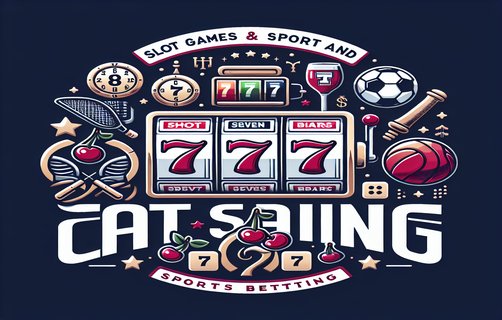The Thrill of Strategy: Mastering the Art of the Casino Game

Stepping into the world of real money casinos is akin to entering a vibrant arena buzzing with excitement, expectation, and the sweet promise of fortune. For the seasoned player, everyday engagement with the thrilling allure of daily jackpots is just the beginning. Each game presents a new opportunity to test one’s mettle against a myriad of opponents, each with their own strategies and tales of success.

In the casino, the stakes are high and the atmosphere is electric. Blind-stealing—an aggressive tactic where players leverage their position to steal blinds from opponents—can change the dynamic of the game in an instant. It’s not just about luck; it’s about playing your cards right, observing your opponents, and seizing the right opportunities. In this environment, mimicking opponents becomes a critical skill. By picking up on their tells and adapting your strategy accordingly, you can turn the tide in your favor.
But no casino strategy is complete without a solid grounding in card counting—a technique that, while often shunned in mainstream casinos, can provide an edge when executed discreetly and effectively. Understanding the flow of the game and predicting the likelihood of certain cards appearing is essential in maximizing potential gains. This knowledge, combined with the strategy of minimizing variance, can help players craft a more consistent and stable approach to gambling. Instead of letting luck dictate outcomes, players learn to control as much of the game as possible, ensuring they make informed decisions that tip the odds in their favor.
When it comes to adjusting for Game Theory Optimal (GTO) play, players must elevate their game. The GTO approach involves creating a balanced strategy, making it less predictable and more difficult for opponents to exploit weaknesses. By employing GTO adjustments in play, a player can remain competitive irrespective of the opposition’s skill level. This requires a deep understanding and analysis of game scenarios, along with the ability to self-adjust based on the behaviour of the opponents at the table.
The analysis process begins with observing and cataloging opponents’ behaviors: noting how they react to different betting patterns, their response to aggressive versus passive play styles, and their general tendencies. Are they risk-averse or risk-seeking? Understanding these nuances allows a player to tailor their strategy effectively, exploiting weaknesses while shielding their own vulnerabilities. Through continuous evaluation and adaptation, players refine their abilities, ensuring that their approach evolves with the game’s dynamics.
With each hand dealt, the stakes feel higher, emotions run wild, and the strategic framework you construct becomes more intricate. Whether it’s leveraging GTO strategies, using card counting, or reading your opponents like a book, mastering these techniques is critical to succeeding in the competitive arena of a real money casino. Ultimately, the thrill of strategy, combined with the exhilarating chance for daily jackpots, transforms each game into not just a test of luck but a battlefield of intellect and strategic prowess.
